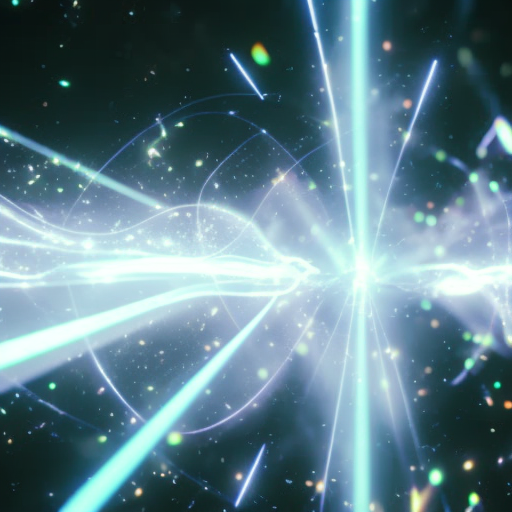Summary:
Wave-particle duality is a fundamental concept in quantum mechanics that states that particles, such as electrons and photons, can exhibit both wave-like and particle-like behavior. This concept challenges the classical understanding of particles as discrete entities and introduces the idea that they can also behave as waves. The wave-particle duality is supported by various experiments, including the double-slit experiment, which demonstrates the interference pattern produced by particles passing through two slits. This phenomenon has profound implications for our understanding of the nature of matter and light.
Introduction:
Wave-particle duality is a fundamental principle in quantum mechanics that describes the dual nature of particles. It suggests that particles, such as electrons and photons, can exhibit both wave-like and particle-like properties. This concept challenges the classical understanding of particles as discrete entities and introduces the idea that they can also behave as waves. The wave-particle duality is a cornerstone of quantum theory and has been experimentally verified through various experiments.
Historical Background:
The concept of wave-particle duality emerged in the early 20th century as physicists grappled with the behavior of particles at the atomic and subatomic levels. In 1905, Albert Einstein proposed the idea of the photon, a particle of light, which helped explain the photoelectric effect. This effect demonstrated that light could behave as both a wave and a particle, depending on the experimental conditions. Later, in 1924, Louis de Broglie suggested that if light could exhibit particle-like behavior, then particles like electrons could also exhibit wave-like behavior.
Experimental Evidence:
The wave-particle duality has been experimentally confirmed through various experiments. One of the most famous experiments is the double-slit experiment. In this experiment, a beam of particles, such as electrons or photons, is directed at a barrier with two slits. When the particles pass through the slits, they create an interference pattern on a screen behind the barrier, similar to what would be expected from waves. This experiment demonstrates that particles can exhibit wave-like behavior and interfere with themselves.
Another experiment that supports wave-particle duality is the Davisson-Germer experiment. In this experiment, electrons were directed at a crystal surface, and the resulting diffraction pattern was observed. The diffraction pattern indicated that the electrons were behaving as waves, confirming their wave-particle duality.
Implications:
The wave-particle duality has profound implications for our understanding of the nature of matter and light. It suggests that particles are not simply discrete entities but can also exhibit wave-like properties. This duality is a fundamental aspect of quantum mechanics and is essential for explaining phenomena at the atomic and subatomic levels.
The wave-particle duality also has practical applications. For example, the understanding of electron wave-particle duality is crucial for the development of electron microscopy, which allows scientists to observe structures at the atomic level. Additionally, the wave-like behavior of particles is exploited in technologies such as diffraction gratings and interferometers.
Conclusion:
Wave-particle duality is a fundamental concept in quantum mechanics that describes the dual nature of particles. It suggests that particles can exhibit both wave-like and particle-like behavior. This concept has been experimentally verified through various experiments, including the double-slit experiment and the Davisson-Germer experiment. The wave-particle duality has profound implications for our understanding of matter and light and is a cornerstone of quantum theory.












